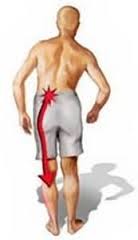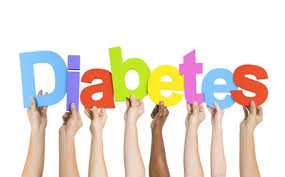Demystifying-Sciatica
What is sciatica? Sciatica is the official name given to a pain in the leg, foot, or buttock, brought on by a form of irritation to the sciatic nerve, the longest nerve in the entire body.
Sciatica is most commonly caused by a slipped disc in the lower back, some form of arthritis, or a pinched nerve. It begins with back pain, followed by calf or hamstring pain, and sometimes included numbness in the toes. Forms of sciatica, resulting from inflammation get better with time, healing themselves. However, bed rest is not the best way to treat sciatica. It is shown that remaining active and performing exercises that are not weight bearing can help. Given time, even herniated spinal discs can heal.
Treatment for sciatica is varied.
It is only possible to find out what treatment is best for you by going to your doctor for an accurate diagnosis. Your doctor may order an MRI to conclude the exact cause of sciatic pain, although many physicians can determine the cause through physical examination alone.
Proper stretching and exercising, combined with over-the-counter pain medications can assist on the road to recovery. If your pain is not relieved by the milder pain medications, your doctor may prescribe a naroctic analgesic. However be advised that these medications can cause nausea, dizziness, and drowsiness, and may result in dependency if taken over long periods of time. In extreme cases, surgery may be required to remove fragment of the disc.
It is important to stay active.
Do exercises that develop muscles in your back and stomach. This helps to stablilize your spine. It is also important to maintain a reasonable body weight. Ensure that you practice good posture, and sleep on a mattress that is neither too hard or too soft.
You should always discuss health matters with your physician, especially if you suffer progressive weakness, as this may constitute a medical emergency. The problem thought to be something easily treated may be a serious condition caused by the compression of the nerve roots in the lower end ofthe spinal canal, which requires immediate medical attention.





